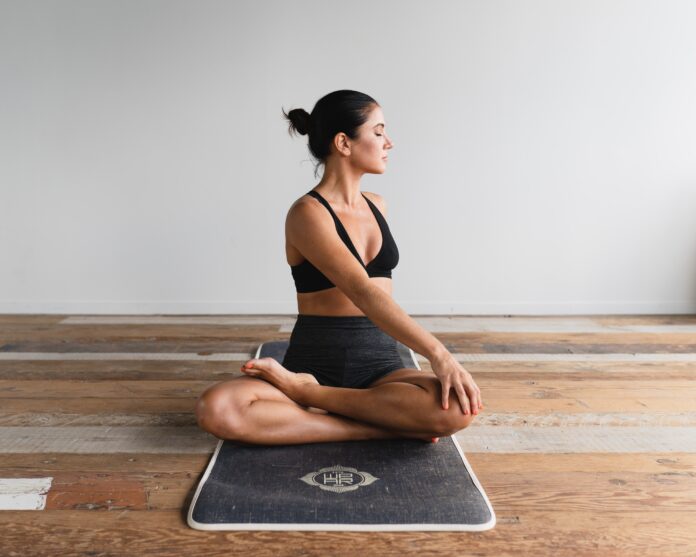
Yoga is a popular form of fitness for its capacity to increase flexibility and strength, with different styles of yoga being more or less appropriate depending on one’s specific goals. Yin and restorative yoga, for example, are some of the best options if you’re looking to cultivate a sense of grounding and calm, but what exactly is the difference between the two? Read on for a few key points and some tips for how to choose which style is right for you.
Yin Yoga
Yin yoga targets the body’s deep connective tissues and is ideal for increasing overall flexibility and range of motion in the joints. While it can certainly promote relaxation as well, this style of yoga is not necessarily easy. Poses are typically held for about 3-5 minutes and can become quite uncomfortable after a while. Practitioners are encouraged to find a sense of stillness and breathe through the discomfort, making yin yoga an exercise in mindfulness, as well.
Restorative Yoga
Restorative yoga, on the other hand, offers a gentler, more nurturing experience with a focus on comfort and deep rest. Props such as bolsters and blankets are used to support the body in various poses, and yoga teachers will often play calm, slow music and dim the lights to create a relaxing atmosphere.
Choosing the Right One for You
As with any form of fitness, it’s essential to consider your goals when choosing between yin and restorative yoga. Both can be effective for releasing physical and emotional tension, but if you’re open to a challenge and want to work on flexibility, yin yoga may be more appropriate. For deep relaxation and self-care, stick with restorative yoga.


